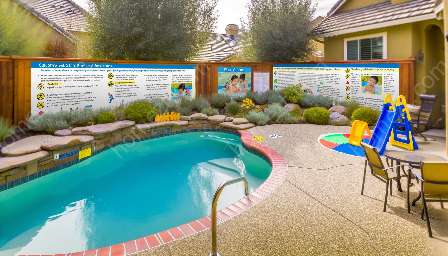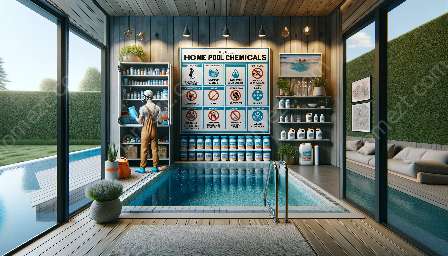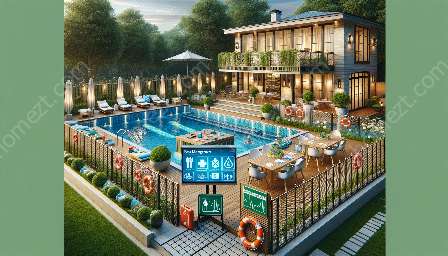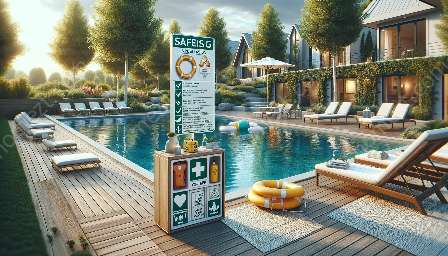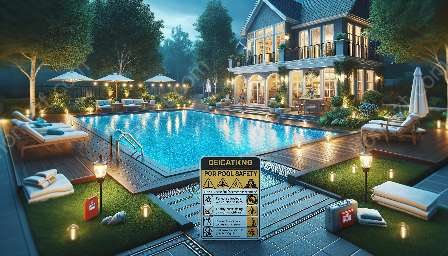Swimming pools can enhance the enjoyment and value of a home, but they also present safety risks. Therefore, it's crucial to implement a home pool safety policy to protect your family and guests. By integrating the principles of home safety and security, you can establish effective guidelines and measures for a secure pool environment.
Understanding Home Pool Safety
Before creating a home pool safety policy, it's essential to understand the key aspects of pool safety. This includes knowledge of pool regulations and standards, identifying common hazards, and recognizing potential risks.
Assessing Risk Factors
Start by conducting a thorough assessment of your pool area. Identify any potential hazards, such as slippery surfaces, inadequate fencing, or malfunctioning pool equipment. Additionally, consider the age and swimming abilities of your family members and guests, as these factors can influence safety measures.
Implementing Safety Measures
Integrating safety measures will be a critical component of your home pool safety policy. This can include installing fencing and gates to limit access to the pool area, incorporating pool alarms and covers, and ensuring proper maintenance of the pool system and surrounding structures.
Establishing Rules and Guidelines
Set clear and comprehensive rules for pool usage, emphasizing the importance of adult supervision, the use of personal floatation devices, and restrictions on diving or running near the pool. These rules should be communicated effectively to all family members and visitors.
Integrating Home Safety and Security
A robust home pool safety policy should align with broader home safety and security measures. This includes incorporating elements such as surveillance systems, emergency preparedness, and access control to ensure comprehensive residential safety.
Surveillance and Monitoring
Consider installing security cameras around the pool area to effectively monitor pool activities and ensure adherence to safety rules. Real-time monitoring can help prevent accidents and unauthorized access.
Emergency Preparedness
Integrate emergency preparedness protocols into your home pool safety policy. This can involve providing CPR training for family members, keeping rescue equipment easily accessible, and creating a clear emergency action plan.
Access Control
Enhance home security by implementing access control measures for the pool area. This can include using smart locks, proximity sensors, and intercom systems to manage entry and exit, mitigating the risk of unauthorized access.
Regular Maintenance and Inspections
Maintaining a safe pool environment requires regular inspections and maintenance. Incorporate a schedule for inspecting pool equipment, testing water quality, and assessing the condition of safety features to ensure ongoing compliance with safety regulations.
Educational Outreach
Conduct educational sessions for family members and guests to raise awareness about home pool safety. Provide resources, such as safety guidelines, instructional materials, and informational signage, to promote a culture of safety around the pool.
Adhering to Legal Requirements
Ensure compliance with local and regional regulations regarding home pool safety. Familiarize yourself with statutory requirements, permits, and codes to guarantee that your pool and safety measures meet legal standards.
Conclusion
By implementing a comprehensive home pool safety policy and integrating it with broader home safety and security practices, you can create a secure and enjoyable pool environment for your family and visitors. Prioritizing safety measures, educational efforts, and ongoing maintenance will contribute to a safe and fulfilling pool experience while enhancing overall home safety and security.



